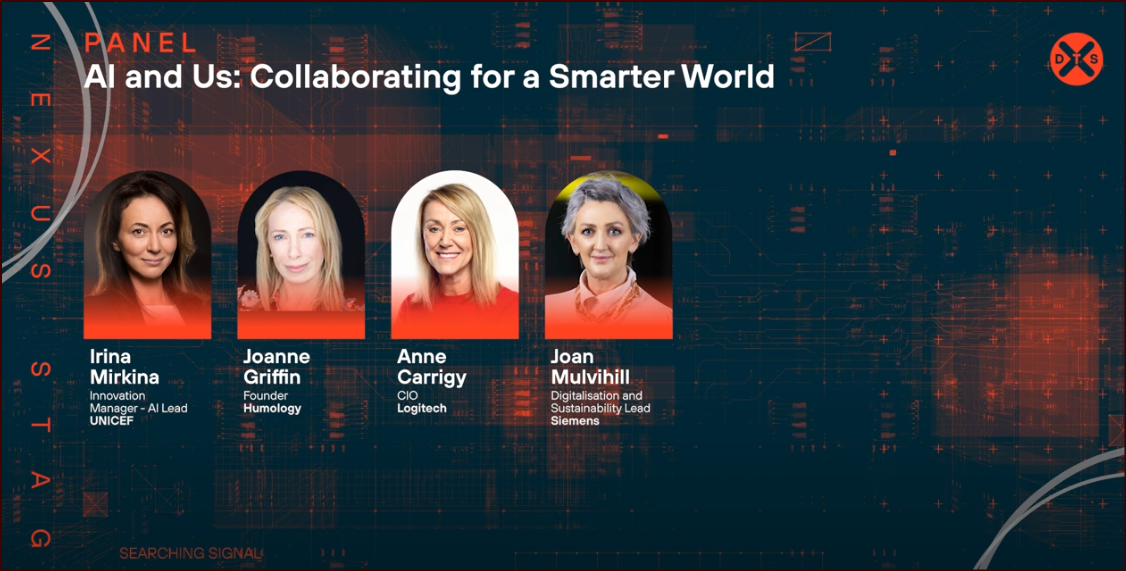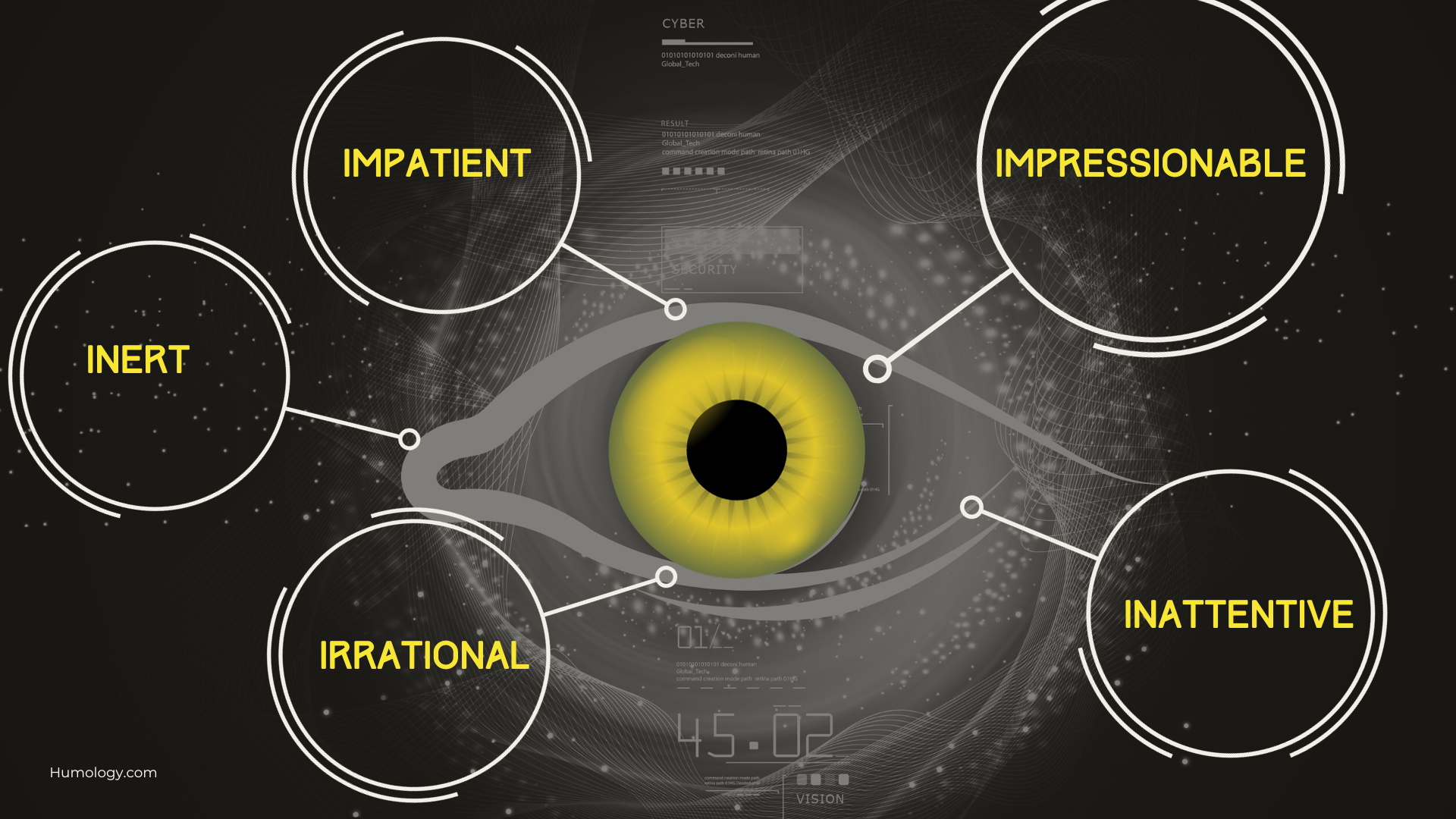The Change Formula
Formulas can play a surprisingly important part in our lives. E=MC2 is arguably the most famous formula of all time, and Einstein derived it directly from his Special Theory of relativity. It states that energy can become mass and vice versa under the right conditions. This discovery ushered in the nuclear age.
We can all probably remember learning Pythagoras' theorem at school. That is, the square of the length of the hypotenuse of a right triangle equals the sum of the squares of the lengths of the other two sides. In later life, mainly if you work in finance or project management, you may have used a net present value (NPV) formula to determine whether the anticipated financial gains of a project will outweigh the present-day investment. Those working in start-ups will use many formulas, including Customer Lifetime Value (CLTV) and Customer Acquisition Cost (CAC).
However, we don't see formulas often used in organisational change management (OCM). This is perhaps not surprising given that OCM has a focus on people. The exception to this is Beckhard-Harris Change Formula. The formula was initially described in the 1960s by management consultant David Gleicher, and was further developed by Richard Beckhard and Reuben T Harris in the 1980s (Beckhard & Harris, 1987). I have seen different variations of the formula, but I generally prefer this version:
C = [ABD] > X
The basic premise of the formula is that for any change to be successful, factors A, B and D must outweigh the cost of the change (X). When we consider the cost of change, we must consider the financial and emotional costs and the friction inherent in changing something that already exists. This also includes the contribution this change will make towards change saturation in the organisation. The three key factors, A, B and D, are as follows:
A Level of dissatisfaction with status quo
B Desirability of proposed change or end state
D Practicality of proposed change
I first encountered the formula while undertaking one of my first training courses in change management in 2010. I have been surprised that it is not more commonly used; perhaps it has fallen out of favour with the OCM community. However, it has been one of my go-to tools when leading and delivering changes for organisations. It is incredible to see the value you get from bringing a project team together and merely articulating, agreeing and documenting all five elements. In my experience, the real benefit derived from the frameworks, toolkits or formulas we use is in the conversations they help structure and facilitate.
The change formula can be applied to any organisational change. Still, I feel it is particularly useful for digital adoption, i.e., when you address the people side of technology implementation.

Who Can Use the Formula?
Several roles can benefit from using the change formula. If you are a change manager or project manager tasked with introducing a new IT solution into an organisation, then you can benefit from using the formula. If you are a CIO or executive considering the impact of a new technology, e.g., Robotic Process Automation, will have on your organisation can also leverage the formula. Tech start-up founders can also benefit from the formula as it can help you understand the impact your product will have on your clients' employees and ultimately help you know if your product will be a success or not.
The initial step for a start-up to use the change formula to determine the likelihood of your product being successfully implemented and adopted in your client's organisation is to articulate all five formula elements. Can you do this for your product? You can conduct the exercise generically or ideally with a willing customer with whom you have a great relationship. The table below suggests questions under each heading to help articulate each item and get a gut feeling about whether the change formula predicts success for your product.
Questions To Ask
| Element | Questions to Ask |
|---|---|
| Change | What is the driver for introducing this change? Who are your stakeholders, and how does the change impact them? What are the success measures for the project? |
| Level of dissatisfaction with status quo | Is there a legacy system or process that you are replacing? If so, how do users feel about the legacy system? |
| Desirability of proposed change or end state | How well do the stakeholders understand the end state and how much do they want it? Can you articulate the WIIFM for each stakeholder? |
| Practicality of proposed change | Is there a project plan in place? Has a sufficient budget been allocated to achieve successful implementation? Does the organisation have sufficient resources and commitment to implement the product successfully? |
| Cost of change | Will implementation lead to change saturation for individuals using your technology? How much friction will this change cause users? |
The following table shows you some of the typical responses you might get to these questions and the corresponding rating.
| Low | Medium | High | |
|---|---|---|---|
| A - Level of dissatisfaction with status quo | People are generally content with the legacy system or process. | There is a mix of opinions from impacted stakeholders regarding their dissatisfaction with the legacy system or process. | People are vocal regarding their dissatisfaction with the legacy system or process |
| B - Desirability of proposed change or end state | There is generally no recognition of the desirability of the future state, and several stakeholders can be considered as blockers or as pessimistic towards the change. | There is limited recognition of the desirability of the future state. However, some key stakeholders are disinterested in the change. | There is widespread recognition throughout the impacted organisation or organisational unit that the future state is desirable and has many benefits. |
| D - Practiciality of the proposed change | The timeline for the implementation of the change is unrealistic. Not enough resources (people, budget etc) have been allocated to the change initiative to ensure its success. | Some consideration has been given to this change initiative's planning, governance and sponsorship. | There is a formal plan in place to achieve the desired change. Appropriate governance and sponsorship have been established. |
| X - Cost of Change | We are confident that we have a plan and process in place to allow us to implement the change without causing significant disruption or adding to change fatigue among our impacted stakeholders OR the nature of the change is minimal and should not cause disruption to our users. | There is expected to be a moderate amount of disruption caused to the workforce because of this change. | There is expected to be significant disruption in the workforce due to this change. This change will add to an existing recognised level of change fatigue |
While working on technology implementations, we've often found that although the users had no overt objection to the new system, they were very comfortable with their existing system and reluctant to move from the legacy system to a new one. The user's level of dissatisfaction with the status quo was low. Low desirability (B) will occur when the features or benefits of new technology have not been clearly articulated or the 'what's in it for me?' (WIIFM) has not been made apparent to each stakeholder. Of course, there are occasions when a product is simply impractical for an organisation, either because the timing is not right or the product doesn't meet the client's requirements. This leads to the low practicality of the proposed change (D).
How To Apply It
Once you have articulated and considered all the elements, you will have a good sense of how easy your product is to adopt and identify potential blockers. Inevitably, there will be instances where using the formula will indicate a low chance of success for your product, e.g., due to low dissatisfaction with the status quo. This might suggest that your project or product is unsuitable for the context, and it is always better to know this sooner rather than later.
For start-up founders in a competitive marketplace, you need to take advantage of all the valuable tools you can to set yourself apart from the competition and grow your brand. The Change Formula is a great tool to have in your arsenal. Armed with these insights, you can adjust your product features, improve how you implement your product and adapt how you communicate about your product.
Indeed, for all technologists, whether you are a change manager, project manager, founder, CIO or CTO, I feel strongly that the change formula is a tool you should use.




















